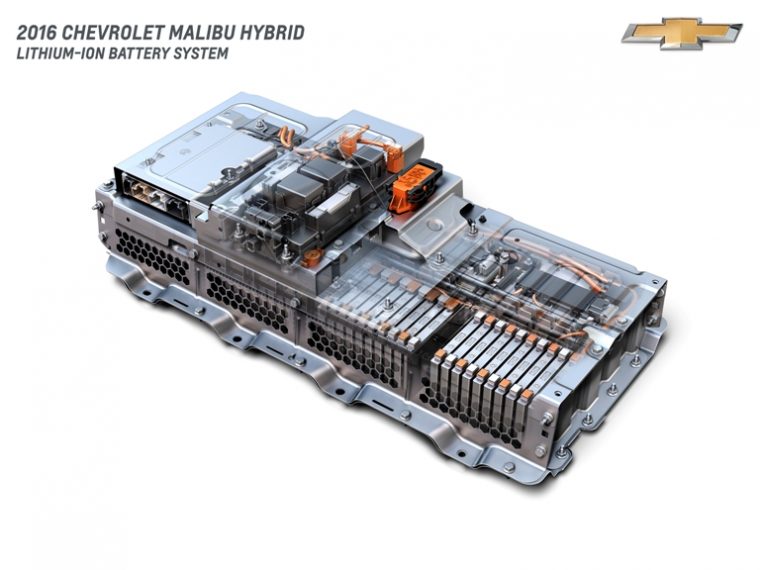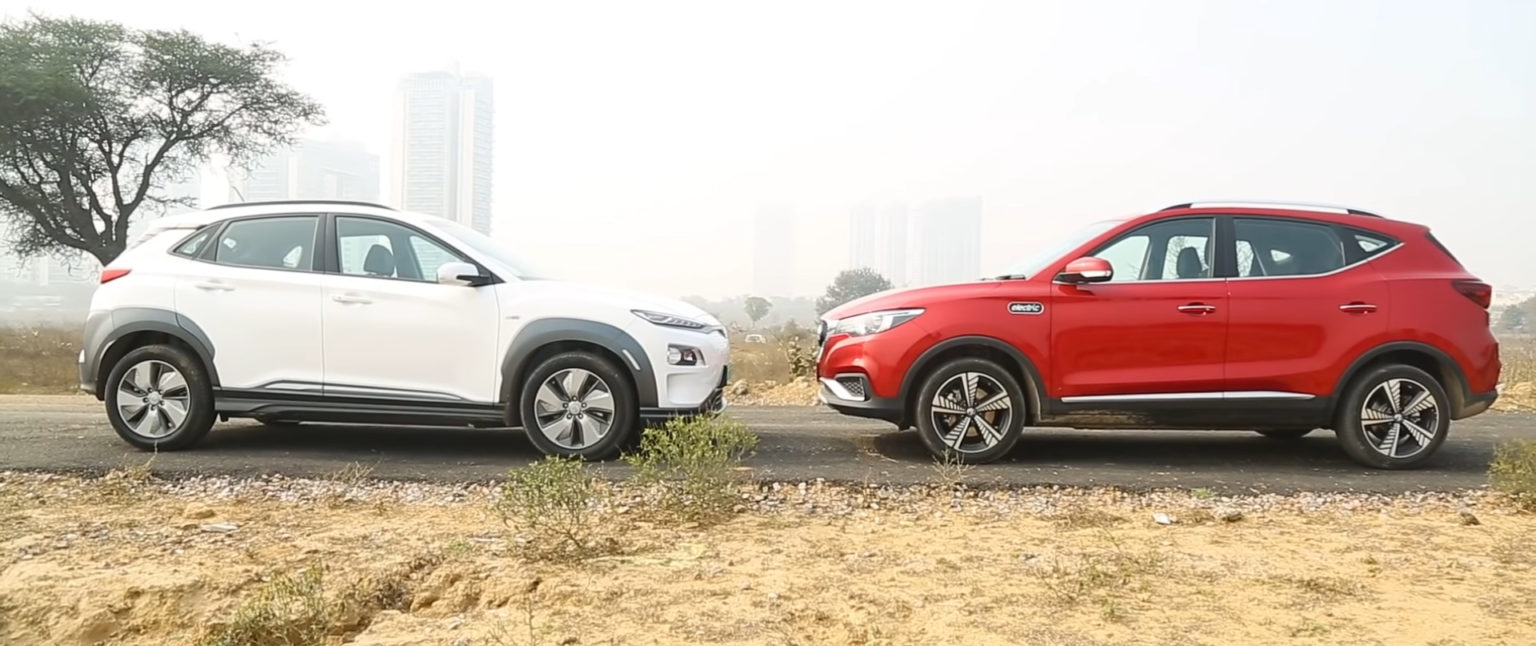Read The Full Article On: Thenewswheel
In the hybrid category, there are many different sub-types. All hybrid cars utilize both a gas and an electric motor for power, but the relationship between those components and how they’re used varies. Thus, the required maintenance varies based on how the hybrid system is engineered. But, in most cases, hybrid cars don’t require any special maintenance.
Plug-in hybrid cars (PHEVs) are similar to hybrid vehicles, also using gas and electric components. They rely more on pure electric power at times, but also don’t require extra maintenance beyond normal gas engine maintenance.
Electric cars don’t have any gas-powered or combustion-based power systems. They rely purely on electric charges for propulsion.

Because electric motors are very simple, relying on a handful of parts to produce an electric charge, they don’t require as much maintenance as combustion engines, which have hundreds of components that turn on, heat up, grind together, get dirty, cycle through fluids, and wear down.
Therefore, electric systems don’t need the same constant maintenance that combustion systems do. As long as all the electric components — like the regenerative braking and battery charge — are still functioning properly, no work needs performed on them. If they’re defective, you’ll have to take them to an experienced electric vehicle mechanic.
The most maintenance an electric-powered car will definitely require is replacing the battery, which may happen after a decade once the battery no longer holds a charge. That costs thousands of dollars (if not covered under a warranty), but that’s a fair exchange for the money you saved on oil changes and gasoline fill-ups.

